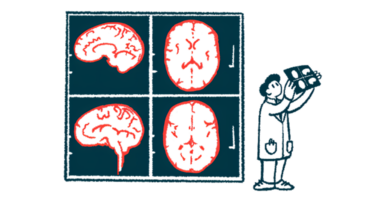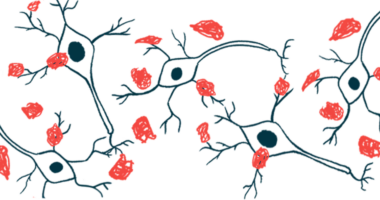Limited Increase in Heart Rate as Blood Pressure Falls Could Indicate Parkinson’s, Study Reports

A simple bedside test measuring heart rate and blood pressure after a patient stands may help doctors come up with an early diagnosis of Parkinson’s and other neurodegenerative disorders, a study suggests.
Besides Parkinson’s, the test could help diagnose other synucleinopathies, such as Lewy Body dementia and multiple system atrophy. These are degenerative diseases characterized by clumps of alpha-synuclein protein. Synucleinopathies cause damage to nerves controlling blood pressure and heart rate.
The research, “Orthostatic heart rate changes in patients with autonomic failure caused by neurodegenerative synucleinopathies,” appeared in the journal Annals of Neurology.
Reduced blood pressure after standing — known as orthostatic hypotension (OH) — can cause dizziness, lightheadedness, and fainting. OH can occur due to impaired activation of the nerves that tighten blood vessels, a condition called neurogenic OH.
The condition is typical of an impaired autonomic nervous system. This is the part of the system responsible controlling bodily functions not consciously directed, such as breathing, heartbeat, and digestive processes.
Unlike people with non-neurogenic OH, those with the neurogenic type typically have little or no increase in heart rate after standing.
The NYU School of Medicine study covered 402 patients with orthostatic hypotension who had normal heart rhythm. Of those, 378 were diagnosed with synucleinopathies. Among the causes for elevated blood pressure in the remaining 24 patients were overmedication with blood pressure control therapies, anemia, or dehydration.
Blood pressure was measured while patients were lying on a tilting table to mimic standing up and to induce a strain on blood pressure, causing it to drop.
Results showed that patients with OH had a two-fold reduction in blood pressure, but only a one-third elevation in heart rate, compared with those with non-neurogenic OH.
“For the first time, we have been able to systematically show that patients whose blood pressure drops after standing up without an accompanying increase in their heart rate may have a synucleinopathy,” Lucy Norcliffe-Kaufmann, PhD, the study’s lead author, said in a press release. Norcliffe-Kaufmann is the lead researcher at NYU’s Dysautonomia Center, and also a professor of neuroscience and physiology.
“By taking a patient’s blood pressure lying flat, then looking at the change in heart rate after the patient stands up, we can provide healthcare providers with clues as to whether or not the patient has this neurodegenerative disease,” she added.
The findings indicate that, in patients complaining of dizziness or fainting when standing, blood pressure and heart rate should be measured after they stand up, rather than from a seated position.
“Early identification of neurogenic OH may reduce delays in treatment, decrease the need for expensive testing, and could provide information to assist in defining prognosis, especially when used in combination with additional discriminatory biomarkers,” the researchers wrote.
“This study shows that researchers working on problems in rare diseases, such as blood pressure in synucleinopathies, can pool together data and ideas and develop a simple bedside test that can perhaps help spot these problems earlier,” Horacio Kaufmann, MD, the study’s principal investigator and director of the Dysautonomia Center, said. “This should have widespread applicability,” he said.






